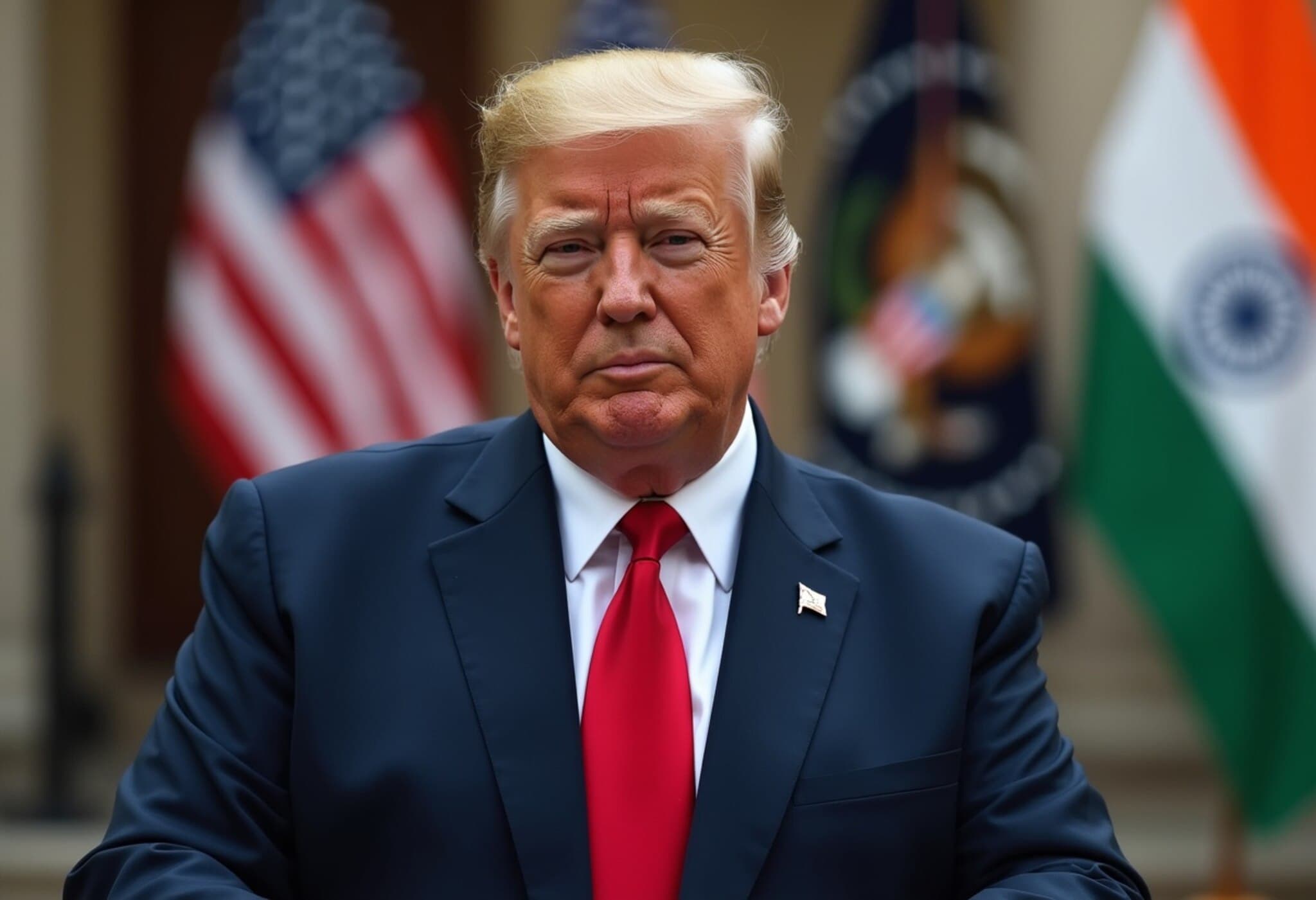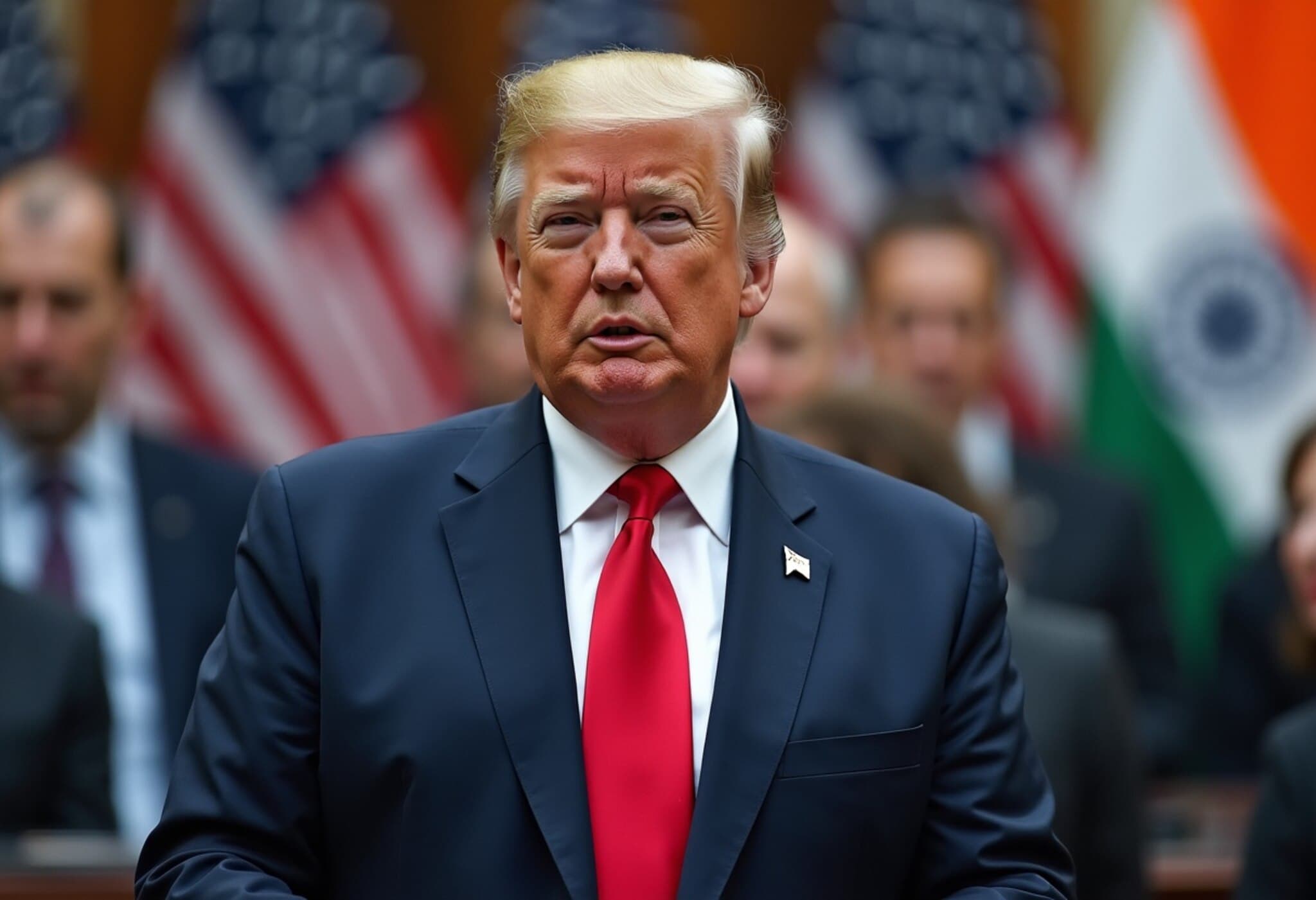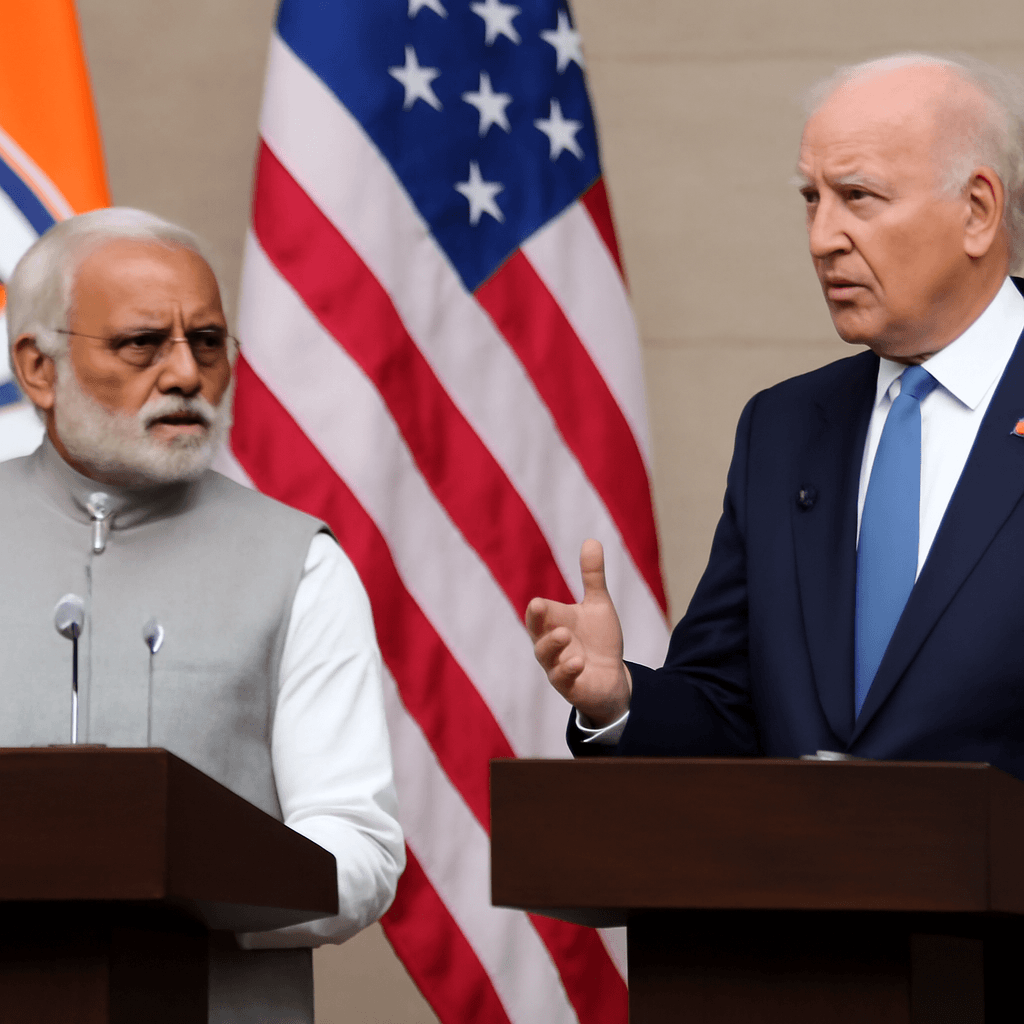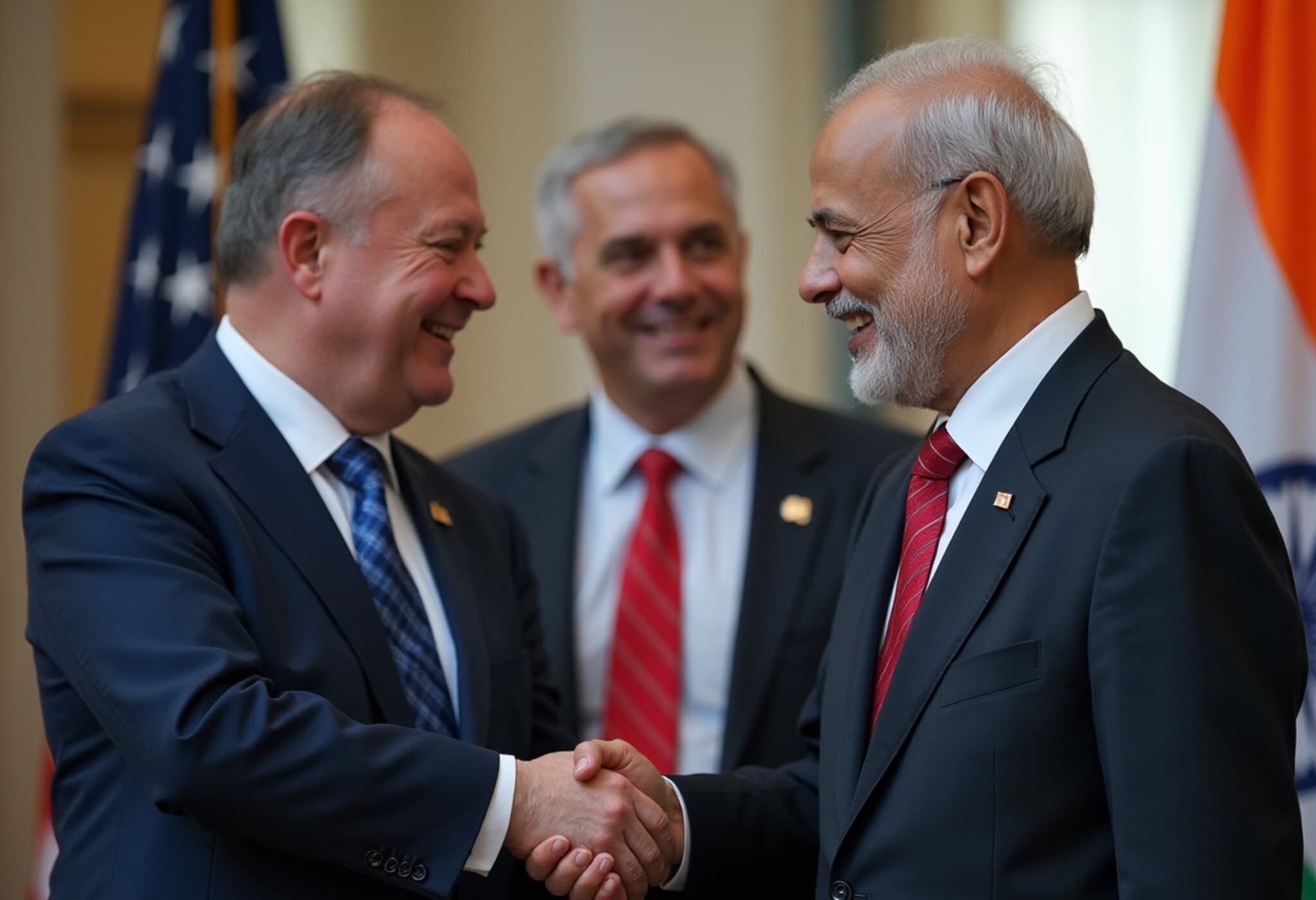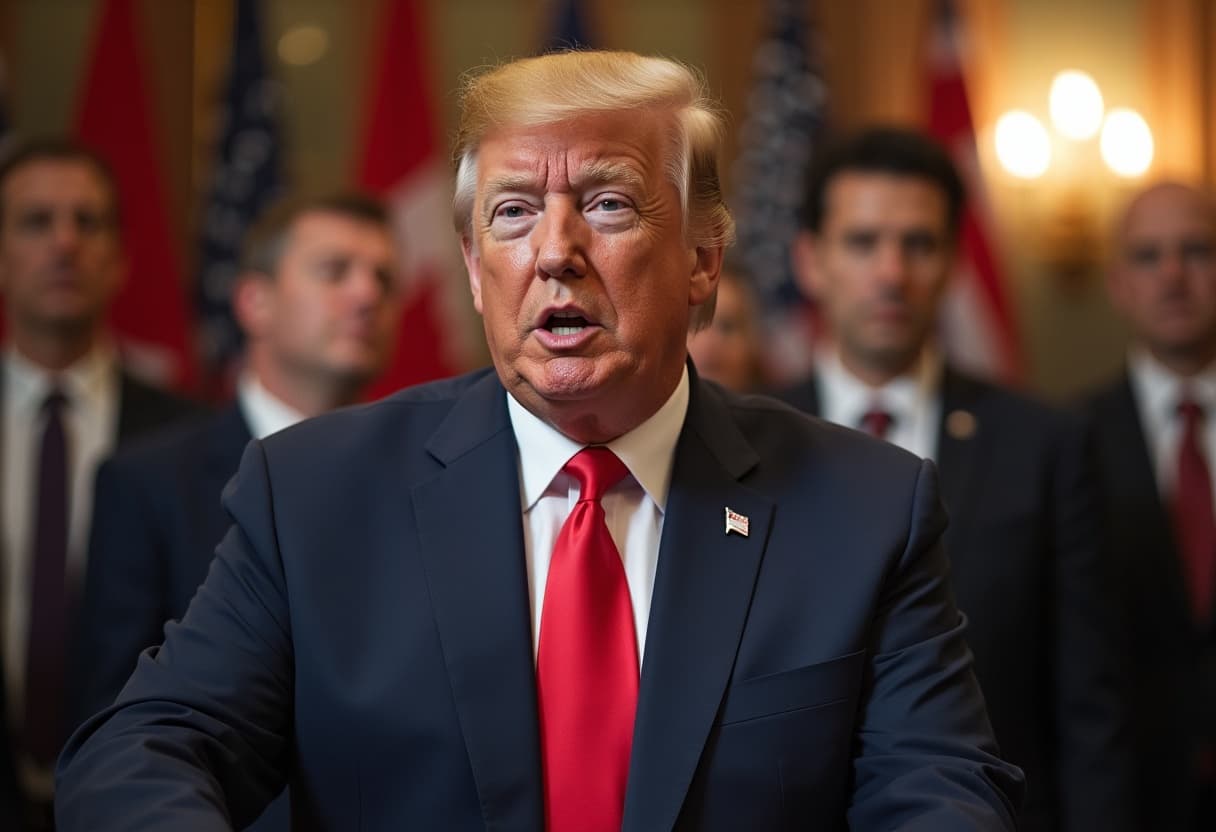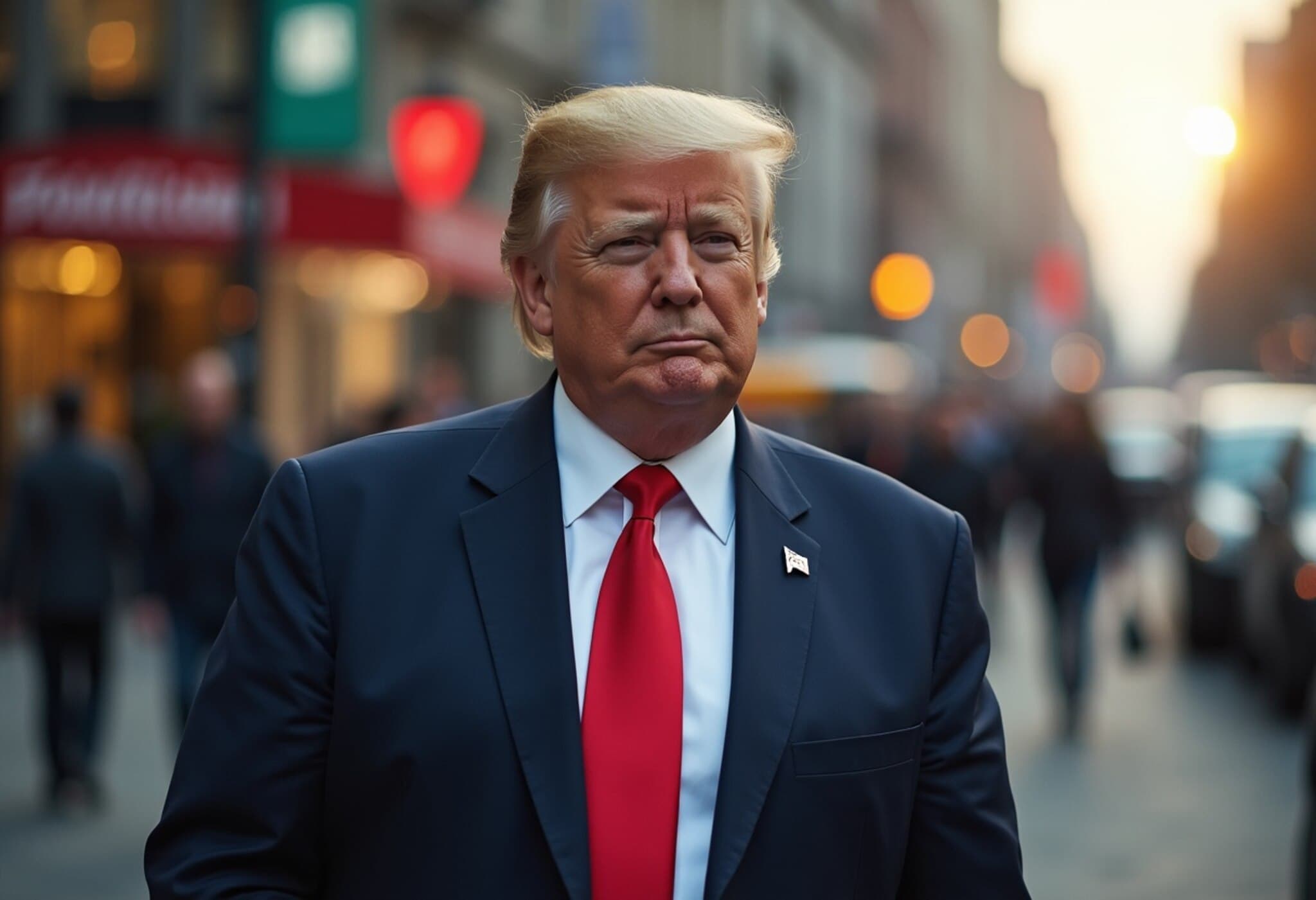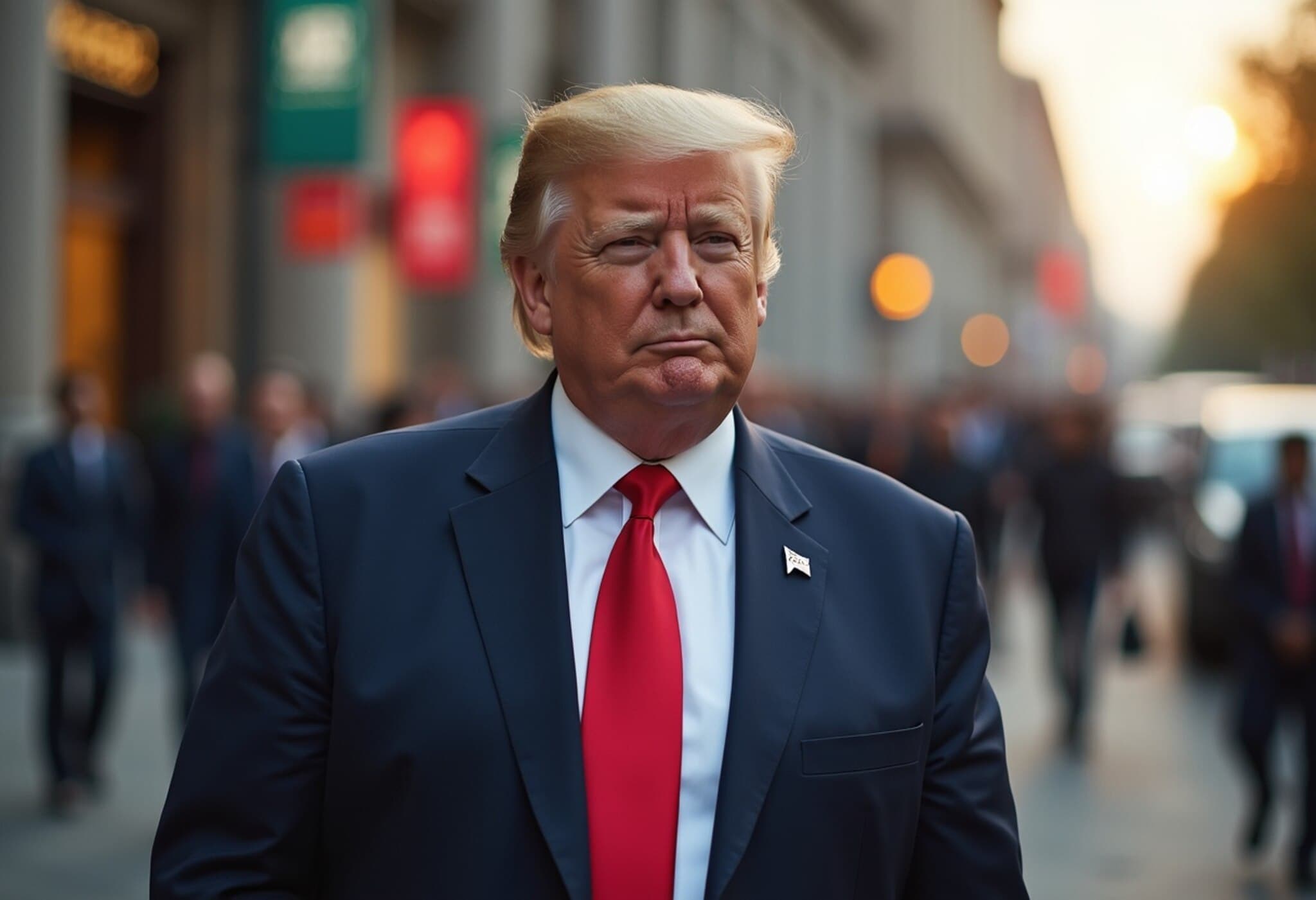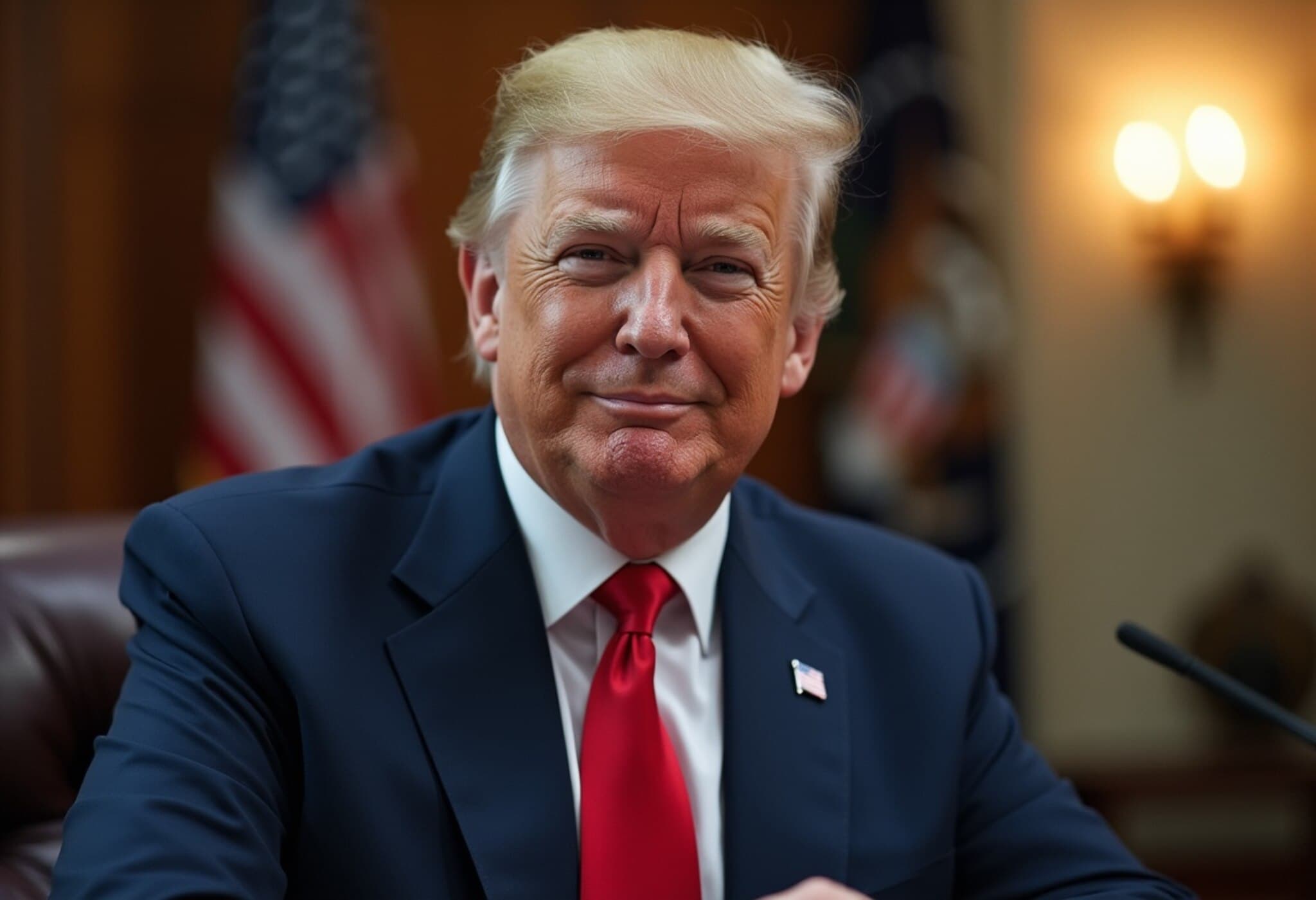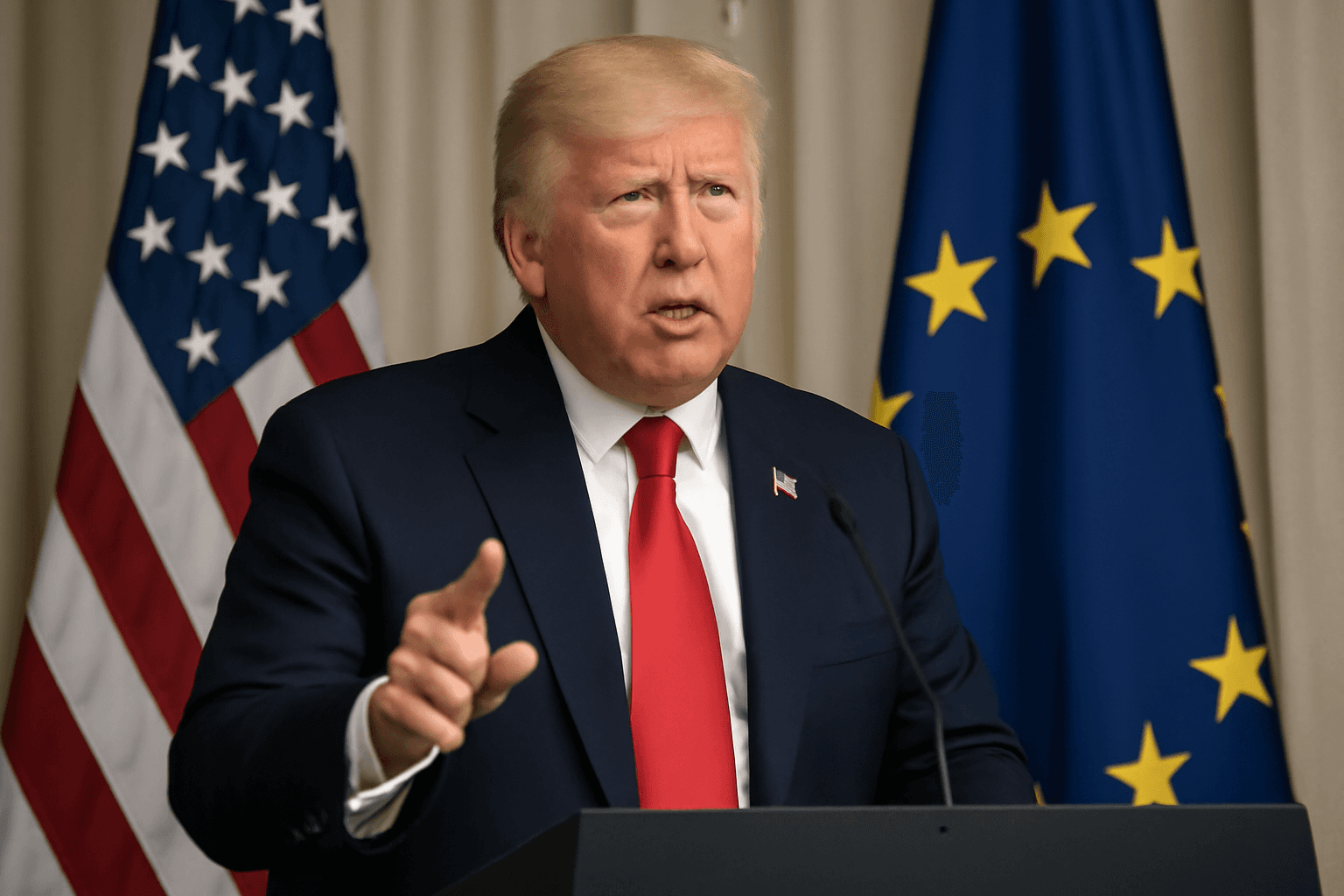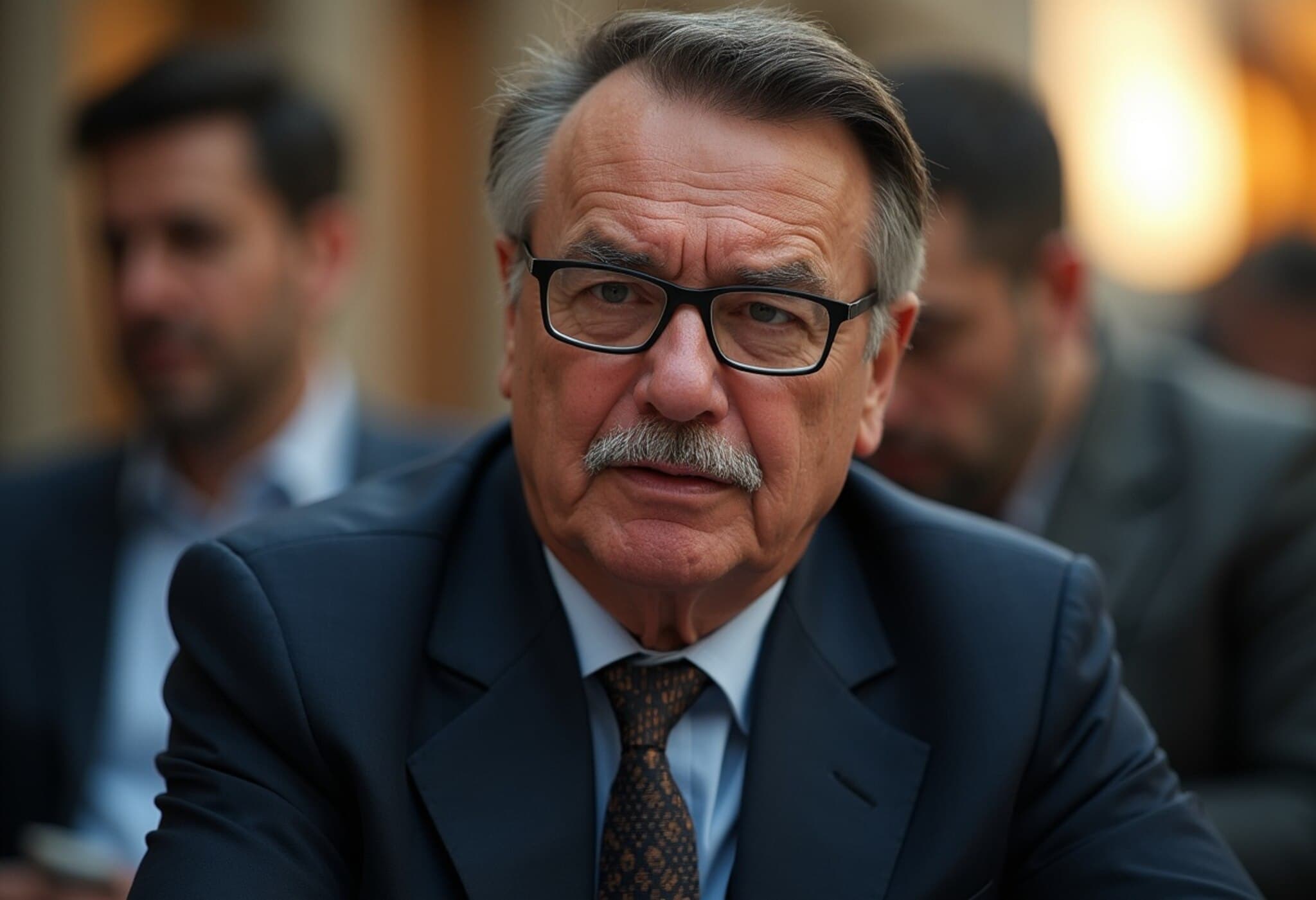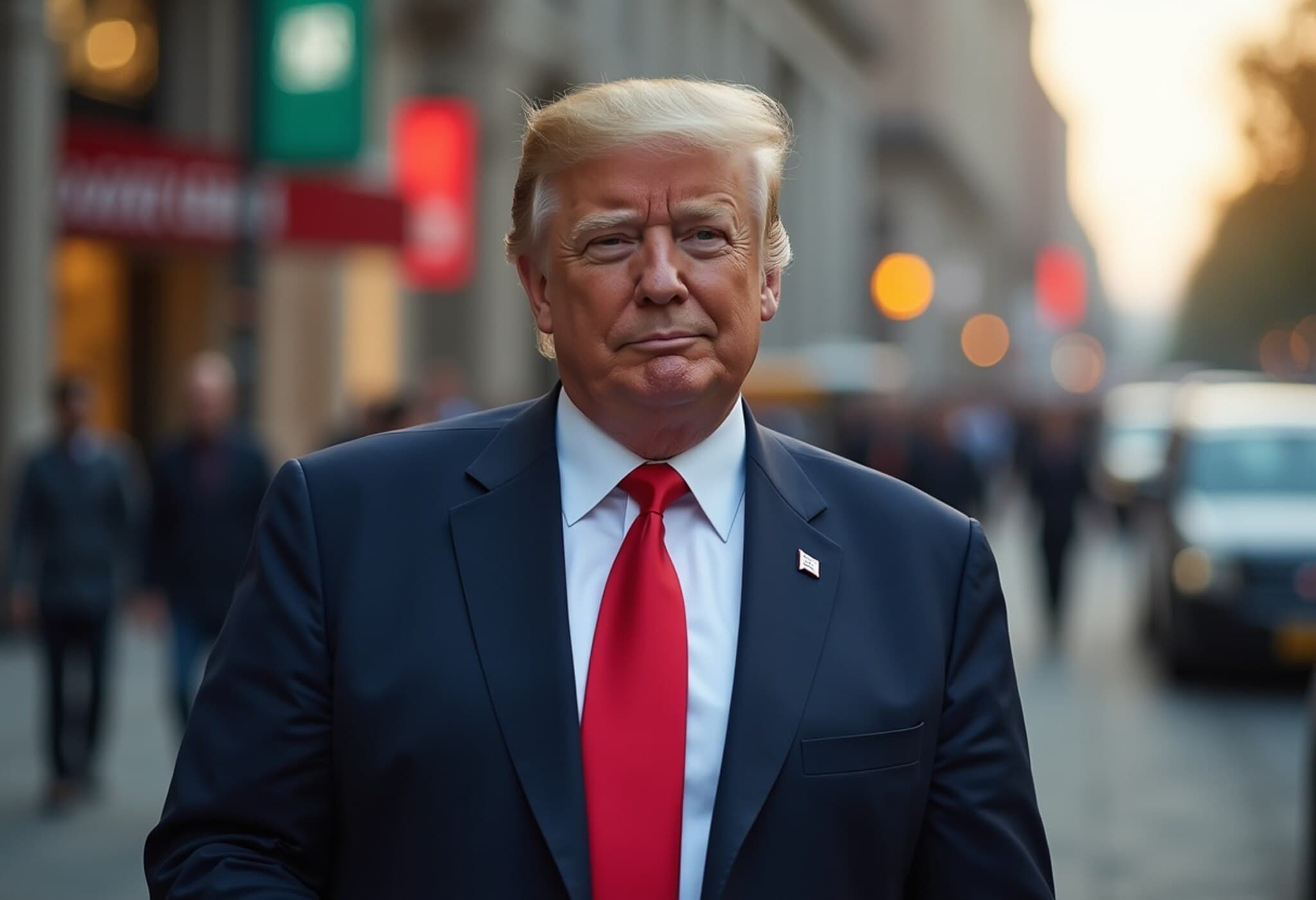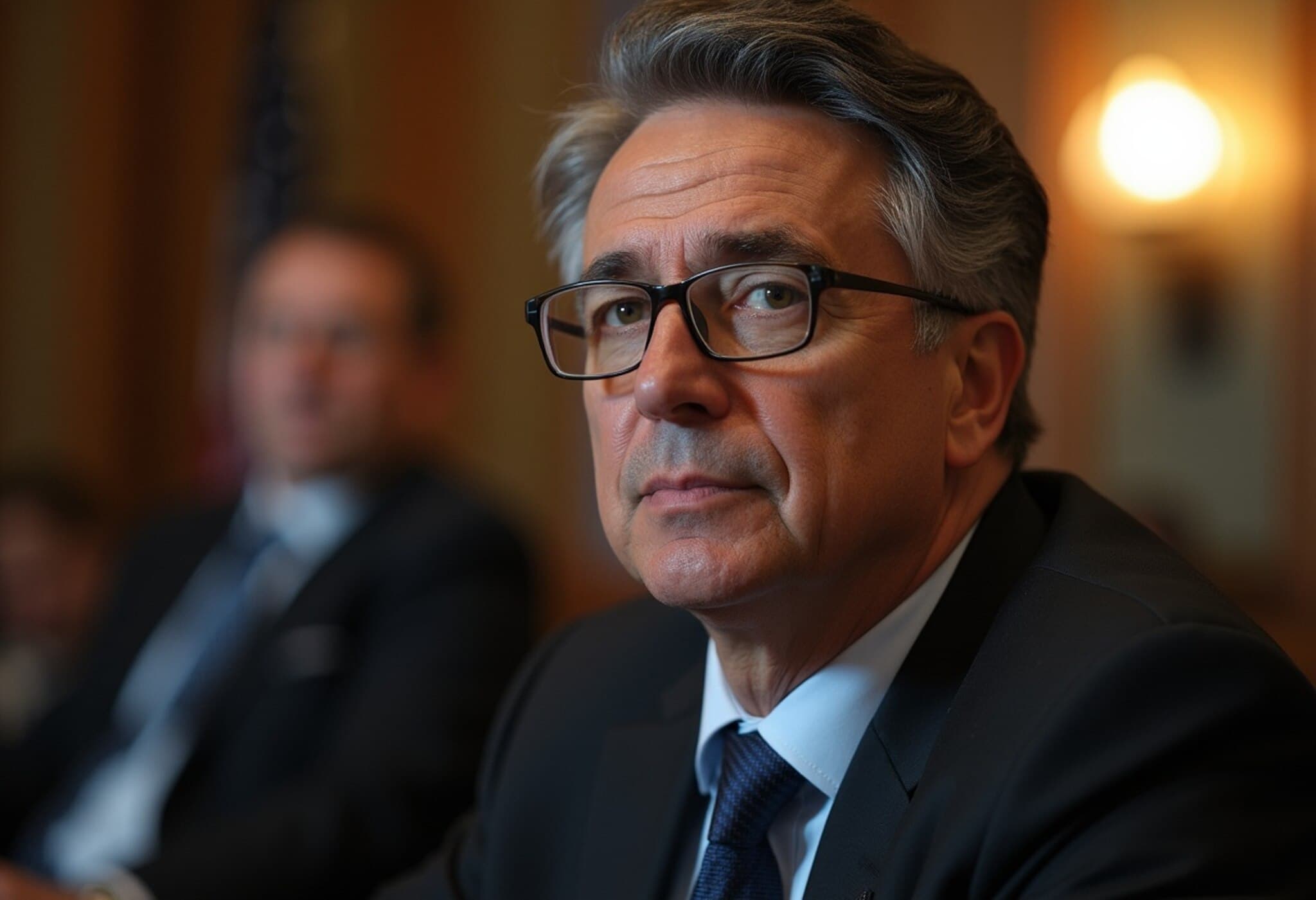US-India Trade Tensions Escalate as Trump Signals Tariffs
In a bold move reflecting growing tensions, former US President Donald Trump has revealed deep frustration over the stalled trade negotiations with India. White House economic adviser Kevin Hassett confirmed on Wednesday that President Trump believes imposing a 25% tariff on Indian imports could break the deadlock and favor American interests.
White House Signals Strategic Pressure on New Delhi
Speaking candidly to reporters, Kevin Hassett clarified that the tariff move is not just punitive but part of a strategic push to expedite trade discussions that have dragged on without meaningful progress. Hassett hinted that further details regarding the tariff and additional trade measures would be announced soon by the President and the US Trade Representative Jamieson Greer.
“President Trump is frustrated with the progress made with India but feels that a 25 percent tariff will address and remedy the situation in a way that benefits the American people,” Hassett emphasized. This signals a shift toward a more protectionist stance aimed at compelling India to lower its barriers.
Trump’s Direct Communications and India’s Response
Earlier the same day, Trump took to his social media platform, Truth Social, stating that the tariffs would take effect from August 1, 2025, alongside an unspecified penalty starting August 2. While details on the penalty remain vague, the announcement has stirred considerable debate over its potential consequences for the bilateral relationship.
Trump’s post underscored long-standing grievances about India’s high tariffs and non-tariff barriers, which Washington alleges hamper trade significantly. He also criticized India's continued procurement of military equipment and energy from Russia, especially given the broader geopolitical context surrounding Russia's conflict in Ukraine.
India’s Commitment to Protect National Interests
The Indian government responded firmly, stating it will take all necessary measures to protect its national interests amid the mounting trade pressure. India, the world’s fifth-largest economy, has historically maintained significant tariffs and complex regulatory frameworks to nurture its domestic industries.
Expert Insight: What This Means for US-India Relations
Trade experts warn that the imposition of steep tariffs could escalate into a broader trade war, disrupting the growing economic ties between the two global powers. While the US aims to reduce its trade deficit and pressure India on market access, such measures risk retaliation and increased costs for American businesses reliant on Indian imports.
Moreover, this development raises critical questions about the future trajectory of US foreign policy, particularly regarding strategic partnerships in Asia amid global geopolitical shifts.
Looking Ahead: Key Questions and Implications
- Will the tariffs succeed in compelling India to lower its trade barriers or provoke retaliatory actions?
- How will this impact US businesses and consumers dependent on Indian imports?
- Could escalating trade tensions undermine broader cooperation on areas like defense and regional security?
- What role does the geopolitical context, especially India’s ties with Russia, play in these economic decisions?
Editor’s Note
As US-India trade relations reach a critical juncture, this unfolding saga highlights the complexities of modern economic diplomacy. While tariffs can be used as leverage, the long-term health of bilateral ties depends on dialogue and mutual concessions. Observers should watch closely how both nations navigate this delicate balance between protecting national interests and fostering global partnerships.

